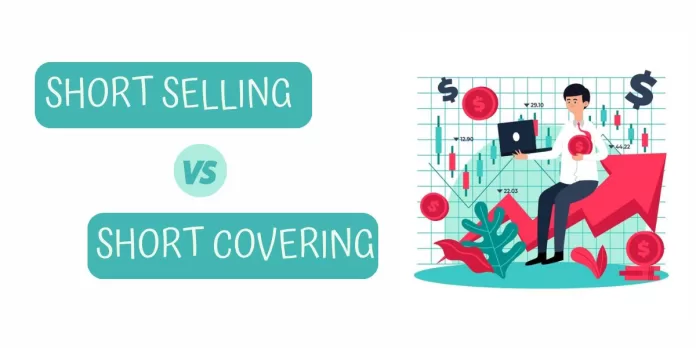Futures and Options (F&O)
Over the past decade, Futures and Options (F&O) have become increasingly important in the market. Each action in the F&O segment has a lasting impact on the underlying asset’s price. Today, we are going to explore short selling and short covering in the stock market.
Short covering is a trading strategy employed by investors who initially sell short (borrow and sell) a futures contract with the expectation that the asset’s price will decrease. Before landing directly to short covering it is essential to understand what short selling is. First, we will discuss short selling, commonly referred to as ‘shorting,’ ‘selling short,’ or ‘going short,’ which involves selling a security or financial instrument that the seller has borrowed.
Short Selling
The short seller anticipates that the borrowed security’s value will decrease, allowing them to repurchase it at a lower price to generate a profit. The profit or loss of the short seller is determined by the disparity between the selling price of the borrowed security and the buying price.
Short Covering
When these traders believe the price has reached a low point or want to protect against potential losses, they buy back (cover) the contracts, thus closing their short positions. This action results in a decrease in open interest and often contributes to upward price movements. Short covering is often seen as a bullish signal because it reflects a change in sentiment from bearish to neutral or even bullish.
When a significant number of short positions are covered, it can create upward pressure on prices as short sellers rush to buy back the contracts they borrowed. This can lead to a short squeeze, where prices rise rapidly due to a lack of supply of the futures contract.
Short sellers usually have shorter-term holding periods than investors with long positions, due to the risk of runaway losses in a strong uptrend. As a result, short sellers are generally quick to cover short sales on signs of a turnaround in market sentiment or a security’s bad fortunes.
Now the next question that might hit you is how you would know whether any short covering has happened in any instrument or not. For that, we must consider two things that is “A decrease in open interest” and “An increase in price”. So, a decrease in open interest along with an increase in price mostly indicates short covering.
Turning your attention to the risks and limitations of short selling. A significant risk is the potential for substantial losses, particularly in the absence of a stop-loss order. If the price of the future you’re betting against keeps going up without stopping, you could end up with substantial losses, which could seriously harm your capital.
Shorting has limits when it comes to making money. If you’re betting against a stock or contract, your profit can only go as high as the price dropping to zero. This is different from investing where there’s no limit to how much you can earn because prices can keep going up.
Disclaimer: This blog has been written exclusively for educational purposes. The securities mentioned are only examples and not recommendations. It is based on several secondary sources on the internet and is subject to changes. Please consult an expert before making related decisions.


